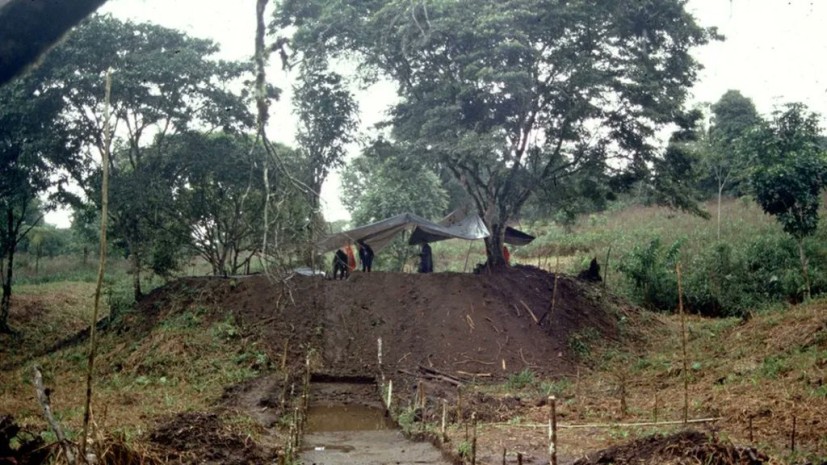A series of ancient cities and gardens, connected by a magnificent network of canals and roads, has been unearthed from underneath the sprawling wildlife of the Amazon rainforest within Ecuador's Upano Valley.
This momentous discovery was made possible by advanced laser-sensor technology which mapped the area effectively and efficiently.

A Momentous Discovery Made Using LiDAR Scanning Technology
The ancient Ecuadorian society is believed to be over a thousand years older as compared to other similarly structured civilizations that were previously found within the region. Specifically, the settlements that were built by prehistoric Upano people were dated from around 500 BC to about 300 AD to 600 AD.
This and many other notable findings regarding the Amazonian cities were published under a study in the "Science" journal last Jan. 11 and was done through sophisticated mapping aided by the innovative scanning technology called LiDAR.
"Fieldwork and light detection and ranging (LiDAR) analysis have revealed an anthropized landscape with clusters of monumental platforms, plazas, and streets following a specific pattern intertwined with extensive agricultural drainages and terraces as well as wide straight roads running over great distances," wrote the proponents of the study.
Read More : Largest Roman Cult Temple Found in a Parking Lot in Spello, Italy Thanks to a 4th-Century Letter
Remnants of Upano Valley's Great Civilization
Stéphen Rostain, an archaeologist who led the research efforts of this particular study, told CNN: "The LiDAR gave us an overview of the region and we could appreciate greatly the size of the sites," adding that the scans made using LiDAR helped reveal a "complete web" of dug roads.
According to the study, the most remarkable "landscape feature" that was found was the "complex road system" that stretched over miles and miles which eventually linked all the varying "urban centers."
Alongside this discovery, Rostain and his peers also unearthed painted pottery and large jugs within two of the larger settlements dubbed "Sangay" and "Kilamope." These artifacts also contained remnants of traditional beer made from maize called "chica."
These findings coincide with another of the team's discoveries, which are features of cultivation like drainage fields and terraces. Not unlike the roads connecting the large settlements, these cultivated lands were also joined together by a network of footpaths.
Rostain cites these plots of land as the reason why he refers to the Amazonian structures as "garden cities."
He continued by saying that these breakthroughs point towards these ancient indigenous people being parts of "a big variety, diversity of cases" and not nomadic, with some even belonging to an "urbanistic system" of a "stratified society."